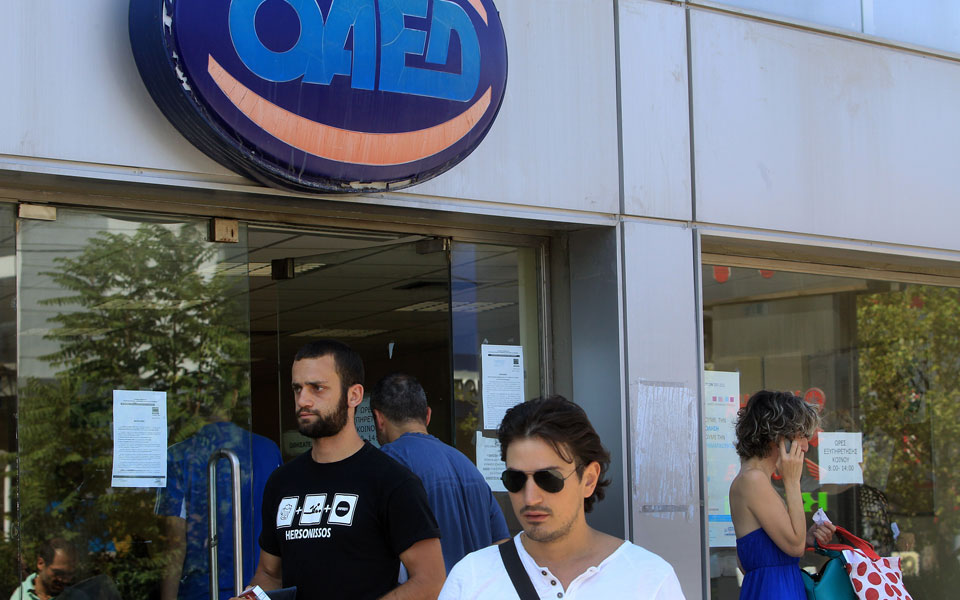DYPA projects highly effective
Two out of three beneficiaries of the employment programs remain at work 12 months later

The programs of the Public Employment Service (DYPA) are highly effective as almost two out of three beneficiaries are still working 12 months after the end of the employment program they participated in.
The data of DYPA (formerly known as the Manpower Organization – OAED) stem from the evaluation of the projects, which was carried out for the first time despite the fact that it was the dominant question in all the many previous years, without anyone knowing the progress of the beneficiaries in the labor market after the end of their subsidized work programs.
The figures show that 64% of the unemployed who became subsidized workers in one of the programs evaluated were still working. The data do not yet show – as there will be a more detailed processing – whether they remained with the same employer that was participating in the program or with someone else, but they do show that, based on their VAT number, two thirds of the beneficiaries remain within the Ergani system – that is, they are working.
Also, the data do not show the employment relationship, which would point to the salary amount, but this is anticipated by the planning, as an interconnection of DYPA with the Ergani system and the data of the Single Social Security Entity (EFKA) is expected.
The Directorate of Strategic Planning at DYPA analyzed combined data from the integrated information system of the service and from the Ergani information system at the Labor Ministry for a total of 40,000 beneficiaries of 11 different job creation programs during the period June 2020 to December 2021. They are projects that were activated during the Covid crisis and most of them did not foresee as a condition the retention of the beneficiary for any specific time period after the end of the subsidy. Even for those that contained a clause that the beneficiary be retained, the specified period was only some three to six months at most. Therefore, 12 months is a significantly sufficient time to determine whether the unemployed remain in the labor market or not.





